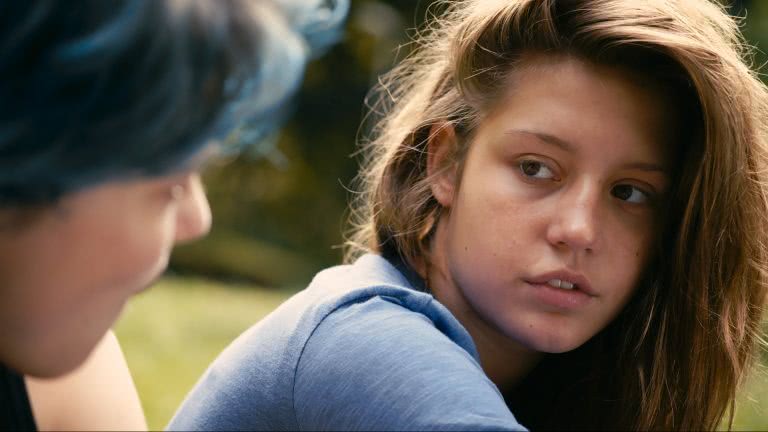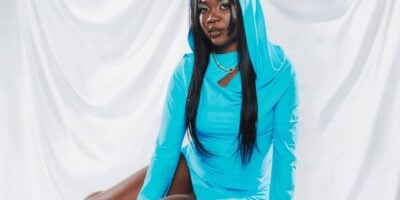Raw and engrossing, Blue Is The Warmest Colourpaints the pitfalls and dizzy heights of first love. Winner of Cannes prestigious Palm d’Or last year, French-Tunisian director, Abdellatif Kechiche’s adaptation of Julie Maroh’s graphic novel may move a little slowly (clocking in at 3 hours) but audiences will find themselves absorbed into the intimate and convincing portrayal of a decade-long romance.
The film begins with AdПle (Adele Exarchopolous), an innocent high schooler attracting the attention of a male classmate, and going through the motions of what feels to her like a trivial rite of passage. When, like the proverbial bolt from the blue, she sees blue-haired Emma (Lea Seydoux), Adele awakens to her true desires.
Deservedly, the actresses’ performances have been widely lauded, which helps to paper over the occasional cliche; their first meeting in a gay bar, and the ensuing conversations about Jean-Paul Sartre (this is a French film after all).
Of course, much has been made of the film’s explicit and highly publicised sex scenes, one of which lasts 7 minutes and took 10 days to shoot. In these scenes, Kechiche captures the sense of complete ecstasy and liberation felt by the two characters. Though some have complained of the male fetishisation of lesbian sex, the scenes possess an authentic realism.
As the film progresses, tension and bitter fights drive a wedge between the two: Emma’s boho-bourgeois superiority complex and fledgling art career clashing with AdПle’s working class roots and greater maturity, as she is cast into the role of domestic confidante supporting the volatile artist. By the film’s end, both the viewer and characters are left wondering whether their love will last.
Blue Is the Warmest Colour expresses the exhilarating, agonising and possessive nature of love. Kechiche’s candour may not please everyone, but the stellar performances from Exarchopolous and Seydoux are truly irresistible.
In cinemas now.


































